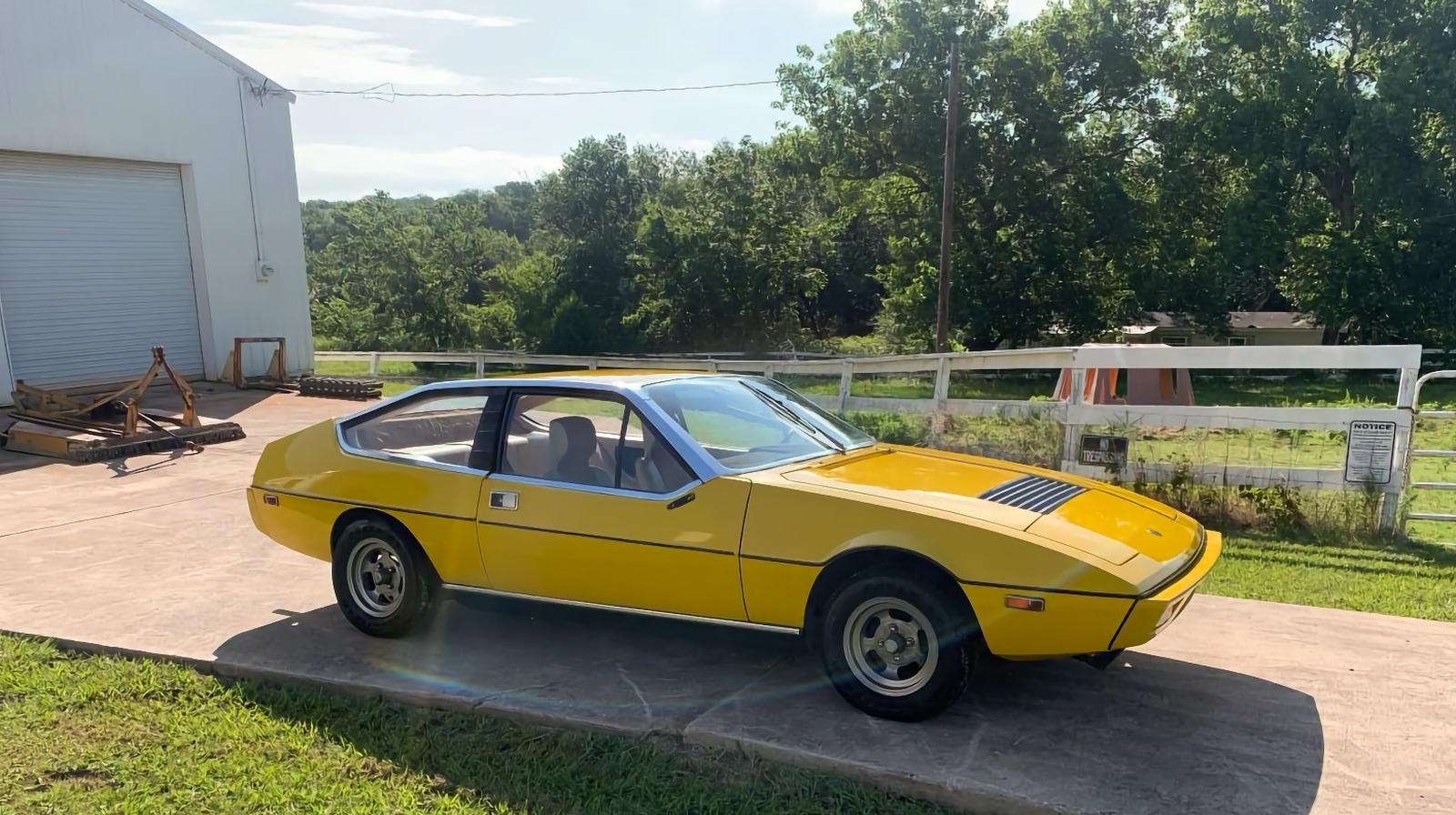
Today’s Nice Price or No Dice Éclat is a Lotus you might have long forgotten, or perhaps never knew existed in the first place. Let’s find out what getting reacquainted might be worth.
A common trope employed by movies and TV shows when work is to be done is to condense the effort into a montage of action, usually accompanied by energetically inspirational music. This saves the audience the tedium of watching things get built, fixed, or cleaned in real time. Strangely, YouTube has entire channels dedicated to the long-form version of all these efforts.
The comments section on yesterday’s 1989 Dodge Raider read like one of those movie montages. Seemingly solid and otherwise drivable, that compact SUV had an interior that was grungy as all get out. Many of you advocated for a weekend’s worth of deep cleaning, along with some seat covers and an air freshener, to solve the problem. That nastiness aside, everything else on the Raider seemed up to its $2,450 asking price, which you all celebrated with a respectable 75% Nice Price win.
An elite group
Britain’s Lotus Cars has never been in the same league as Italy’s Ferrari. They both, however, share a similar origin in that each was founded as a means to make money to support their respective racing divisions. That’s where their shared paths diverged, as where Enzo Ferrari offered complete cars to a handful of high-end buyers, Lotus’ Colin Chapman started out selling kit cars to anyone with a few quid to spare.
Another way that Ferrari and Chapman differed was that while the former was the visionary leader of his namesake car builder, the latter was a hands-on engineer whose passion for performance through lightness was embodied in Lotus’ street and track cars.
Neither company made much money. Or, at least the expenses of campaigning cars in multiple racing series ate through what little each made. In the early 1970s, Lotus attempted to make more money by elevating the brand above the image of being little more than a purveyor of kit cars and basic sports cars. The company moved both up-market and up-size with a trio of new models: the Giugiaro-designed mid-engine Esprit, and the Oliver Winterbottom-penned, front-engined Elite and Éclat. All three got their marching orders from Lotus’ then-new 1,973cc 16-valve four-cylinder engine, initially dubbed the 907.
Assuming the Lotus position
Winterbottom’s designs were not as elegant as Giugiaro’s, but they remain among the most emphatically ’70s styling you are ever going to find. The Elite is a long-roof shooting brake with odd proportions that haven’t aged well. Today’s 1977 Lotus Éclat shares the Elite’s nose, complete lower section, and its entire drivetrain, but betters that car with a fastback roofline and more easily accessible trunk.
Both cars shared the same construction, comprising a top and bottom shell made of vacuum-formed, glass-reinforced resin, mated at the horizontal centerline and mounted to a steel backbone frame. That frame cradles the engine at the front and provides mounting points for the independent suspension at each end. The bodywork rides on that backbone frame like saddlebags, providing for an amazingly light (approximately 2,300 pounds) overall structure.
Other interesting aspects of the Éclat include the pop-up headlights, which are vacuum-operated, and the interior, which features four distinct bucket seats, each side separated by a tall central tunnel.
Good and bad
That cabin shows the car’s age, with the half-vinyl upholstery on the driver’s seat failing at the shoulder, some loose trim here and there, and some tearing of the velour shift boot bag. Remarkably, it looks pretty good in there otherwise.
The exterior appears to be in better shape. This is an American-spec car, as evidenced by its side marker lights and left-hand drive, but it rocks the smaller bumpers of the British model, here painted in the body’s fly yellow rather than the more traditional black. The fuel filler cap is also body color, so perhaps this is a respray. Everything appears intact, save for the sideview mirror on the passenger door.
According to the ad, the 907 under the bonnet “runs good” and has enjoyed a recent valve job. A five-speed manual gearbox, a significant plus over the lower-level four-speed, backs that up. Another plus is the new carpet in the cabin. On the downside, the seller states that the car requires new tires, an alignment, and brake work. The rear brakes on these cars are inboard drums, so have fun with that.
Drastic plastic
Lotus’ cars have never been known as being in it for the long haul, and this car’s 11,642 miles shows that few people in its past have gotten beyond that reputation. In the car’s defense, it appears to still be holding up after all these years, and it has a clean title, so it’s kept out of trouble all that time, as well.
The asking price for this rare Lotus flower is $9,500, and we now need to decide whether it’s worth that or not. What’s your take on this Éclat and that asking? Does that seem fair considering the car’s exclusivity and presentation? Or is that just too much for a car that few of us even remember ever existed?
You decide!
Nice Price or No Dice:
Dallas, Texas, Craigslist, or go here if the ad disappears.
H/T to Phil Reynolds for the hookup!
Help me out with NPOND. Hit me up at [email protected] and send me a fixed-price tip. Remember to include your commenter handle.

